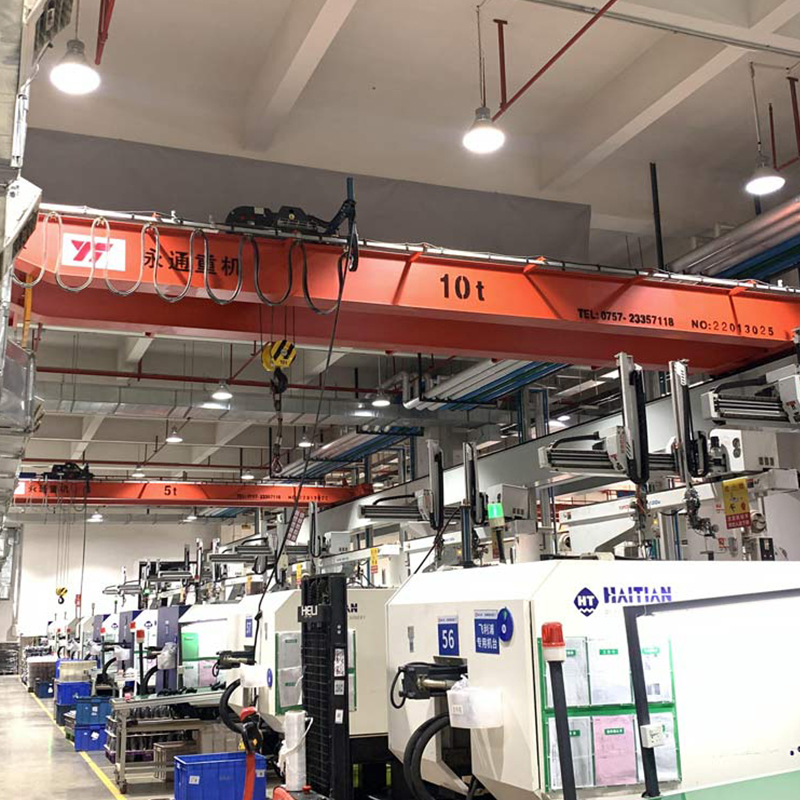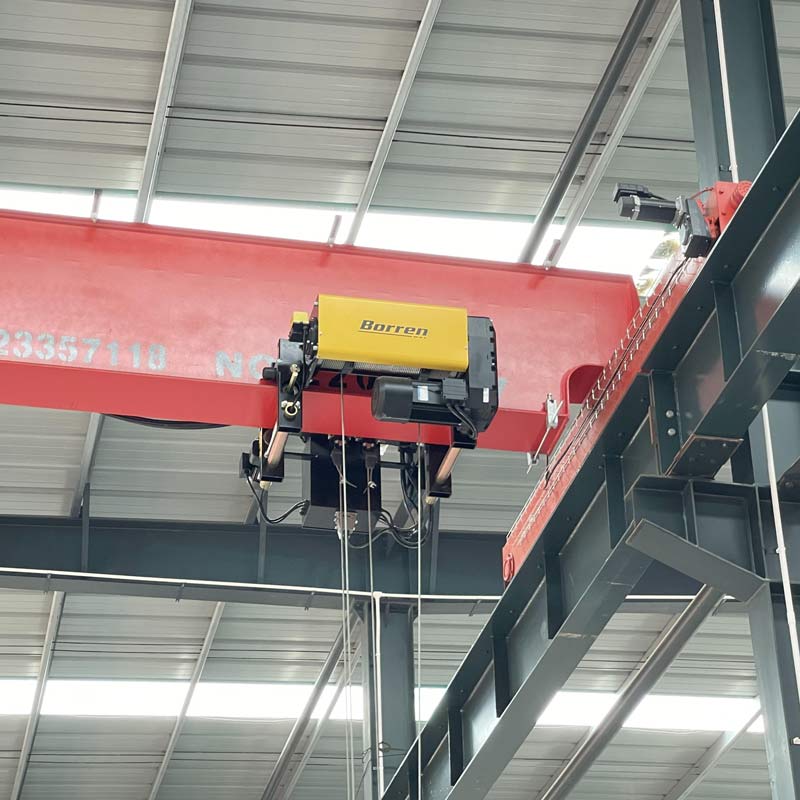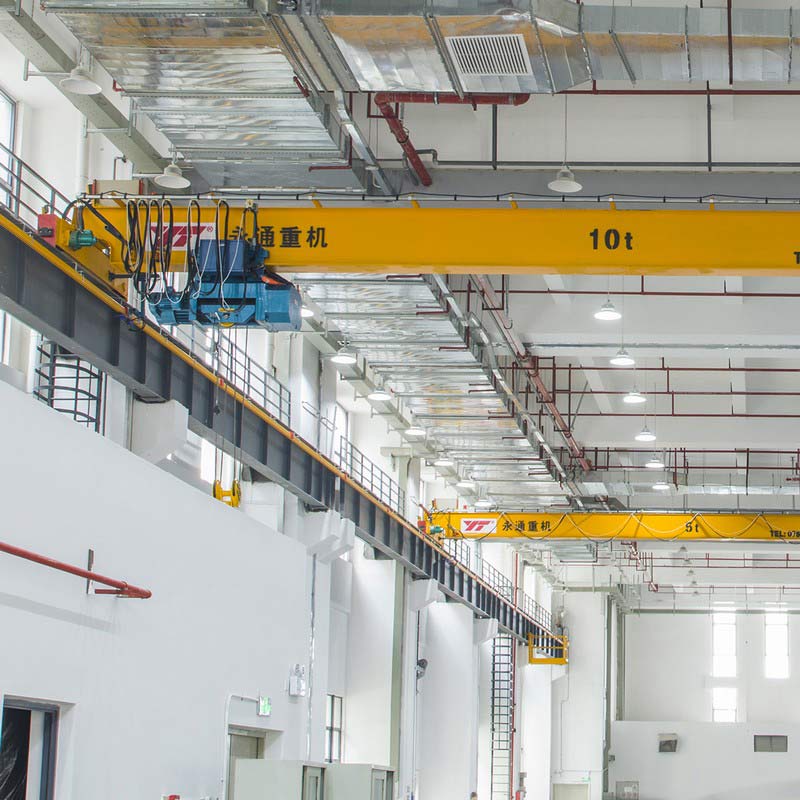Selecting a 10-Ton Bridge Crane for Indoor Steel Handling
1. Core Choice: Single vs. Double Girder
Single Girder: Cost-effective, good for lighter use (e.g., <6 hrs/day). Ideal for smaller spans and standard precision. (Common Duty Class: A3-A5)
Double Girder: More robust, stable, and durable. Best for heavy, frequent use, long spans, or high-precision lifting. (Common Duty Class: A5-A7)
2. Key Parameters to Define
Span (S): Distance between rails. *Measure your workshop width.
Lifting Height (H): Hook travel distance. Determine based on building height and stack size.
Duty Class: For frequent steel handling, choose Class A5 or A6.
Control: Wireless remote control is highly recommended for safety and operator visibility.
Optional Lifting Device**: Consider C-hooks or electromagnets for specific steel shapes.
3. Safety & Compliance
Ensure the crane comes with essential safety devices (overload limiter, limit switches).
Verify the manufacturer holds a valid **Special Equipment Manufacturing License.
Plan for a final inspection by local authorities to get a Safety Use Certificate.
4. Supplier Selection
Choose a manufacturer with an **A-grade license** and a strong local service network.
Get quotes from **at least 3 suppliers**. Compare technical specs and *after-sales service*, not just price.
Prefer suppliers who offer installation, training, and maintenance.
5. Process Summary
1. Define Needs: Span (S), Height (H), Duty Class (A5/A6), Control (Remote).
2. Get Quotes: Request detailed proposals from licensed suppliers.
3. Compare: Evaluate technology, safety features, price, and service terms.
4. Sign Contract: Specify all terms: specs, delivery, payment, warranty, and service.
5. Install & Inspect: The supplier installs, then authorities inspect for certification.
Final Tip: For intense steel handling, investing in a **Double Girder (A6 Duty Class) crane with a remote** is often the most reliable and productive long-term solution.



